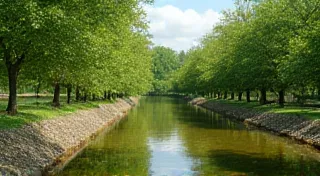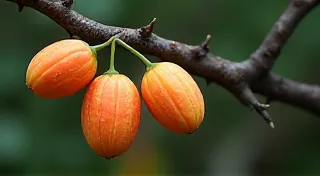Orchard Alchemy: Fermentation, Transformation, and the Spirit of Fruit
There's a certain magic that unfolds when you consider the humble fruit, a gift of the sun and soil, and contemplate its transformation. It’s a process not unlike the magic of an antique accordion; a collection of meticulously crafted parts, seemingly disparate, united to produce something unexpectedly beautiful and profoundly moving. Both, in their own ways, speak to a lineage of craftsmanship, a connection to the past, and a spirit of patient ingenuity.
My grandfather, a quiet man of the earth, cultivated a small orchard behind his farmhouse. It wasn’s filled with the typical McIntosh or Gala trees. No, his orchard held quince, medlar, and a peculiar variety of crabapple that produced a fruit so tart it made your lips pucker for what felt like a full minute. He never spoke much about the why of it all, but I later learned he was drawing on the knowledge of generations, preserving heirloom varieties that had long been forgotten by commercial growers, chasing flavors beyond the predictable. That's the core of what I believe when I think about fruit and transformation—preserving a connection to a richer, more nuanced past.
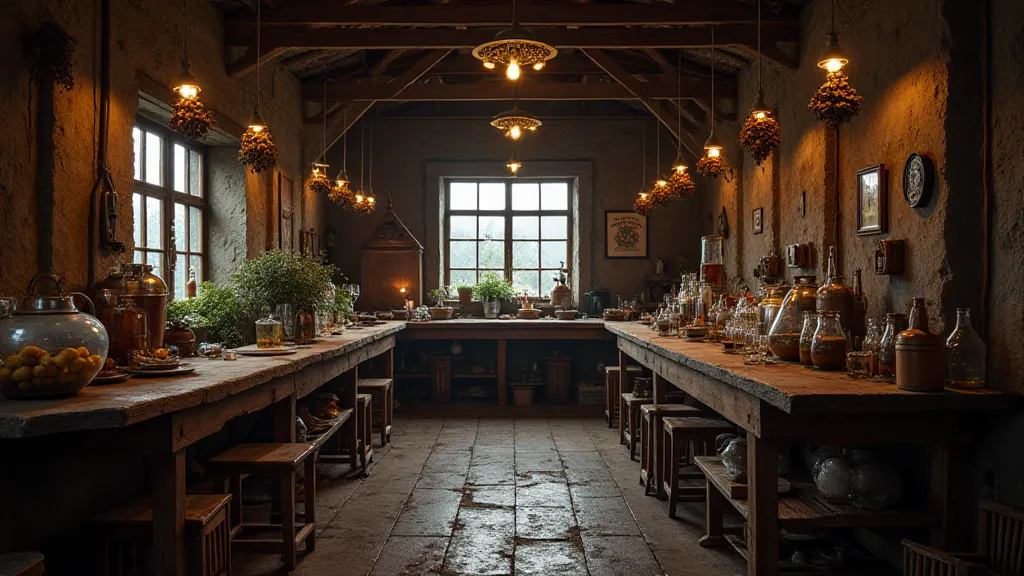
The Ancient Craft of Fermentation
Fermentation isn't a modern invention. It’s as old as civilization itself. Before refrigeration, before even simple food preservation techniques, our ancestors relied on fermentation to transform seasonal bounty into something that would sustain them through leaner times. Apples became cider, grapes became wine, pears became perry - each process a fascinating dance between fruit, yeast, and time.
Consider the painstaking process of making cider. The careful selection of apples, the crushing of the fruit, the slow, bubbling transformation as wild yeasts take hold – it’s a ritual steeped in history. The earliest ciders weren't the fizzy, sweet beverages we often associate with the term today. They were often dry, tart, and more akin to a hard apple juice, sometimes even a little cloudy. Each region developed its own unique strains of yeast, resulting in cider traditions as diverse as the landscapes they originated in. Think of the dry Normandy cider, or the sweeter versions from Michigan—each a reflection of its local terroir.
Vinegar: A Different Kind of Alchemy
Vinegar, often overlooked, represents a different layer of this transformation. It’s essentially a "second fermentation" – the alcohol produced by the first fermentation is then converted into acetic acid by bacteria. The result isn't simply a sour product; it's a complex flavor profile with layers of acidity and often surprising sweetness, depending on the original fruit.
My grandmother made apple cider vinegar every autumn. She’s use a simple starter culture, and the process would take months. The aroma that would fill the farmhouse was something truly unique - a heady blend of ripe apples and something distinctly...alive. She's tell stories about her own grandmother making vinegar from plums and cherries, preserving those fleeting summer flavors for the cold winter months. There's a powerful sense of connection in that - a chain of tradition stretching back generations.
The Spirit of the Fruit: More Than Just Taste
But the value of fermentation isn't solely about creating a palatable beverage. It's about unlocking something deeper – revealing the essence of the fruit itself. The sugars are transformed, the tannins soften, the volatile compounds interact in unexpected ways, creating entirely new flavor dimensions. It's a process of revelation, a way to truly *understand* the fruit’s inherent character.
For example, a quince, often described as hard and astringent when eaten raw, transforms into a delicate, floral syrup when fermented into a wine. A medlar, notoriously inedible until it "blets" – essentially rotting until it becomes almost black and incredibly soft – becomes a rich, honeyed wine when carefully fermented. These aren’t failures to overcome; they's opportunities to explore the hidden potential within the fruit.
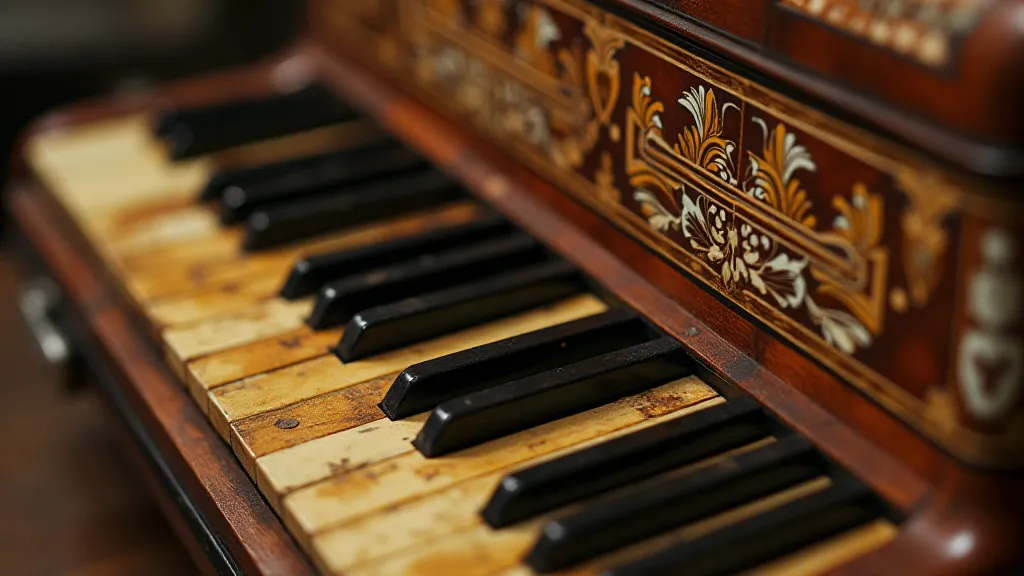
Heirloom Varieties and the Preservation of Flavor
The rise of commercial agriculture has, unfortunately, led to a homogenization of flavors. Many heirloom varieties, with their complex and nuanced profiles, have been abandoned in favor of cultivars bred for yield, shelf life, and uniform appearance. This is where the modern-day orchardist and fermenter can play a vital role—by actively seeking out and cultivating these forgotten treasures.
It’s not always easy. Heirloom varieties often require more care, are more susceptible to disease, and may not produce as much fruit as their modern counterparts. But the reward – the chance to taste a fruit that has been grown and cherished for centuries – is immeasurable.
Consider the possibilities: fermented crabapple wines with a distinctive tartness, pear perries with subtle floral notes, plum vinegars with a deep, fruity complexity. Each offering a glimpse into the past, a connection to a tradition of craftsmanship and ingenuity.
Restoration and Reverence: Appreciating the Process
Just as the restoration of an antique accordion—carefully cleaning, repairing, and preserving the instrument's original character—demands reverence for its history, the process of fermenting heirloom fruits requires a similar level of care and respect.
It's not simply about following a recipe. It's about understanding the fruit, the yeast, the environment, and how they all interact to create something truly special. It’s about embracing the unexpected, learning from mistakes, and celebrating the beauty of imperfection.
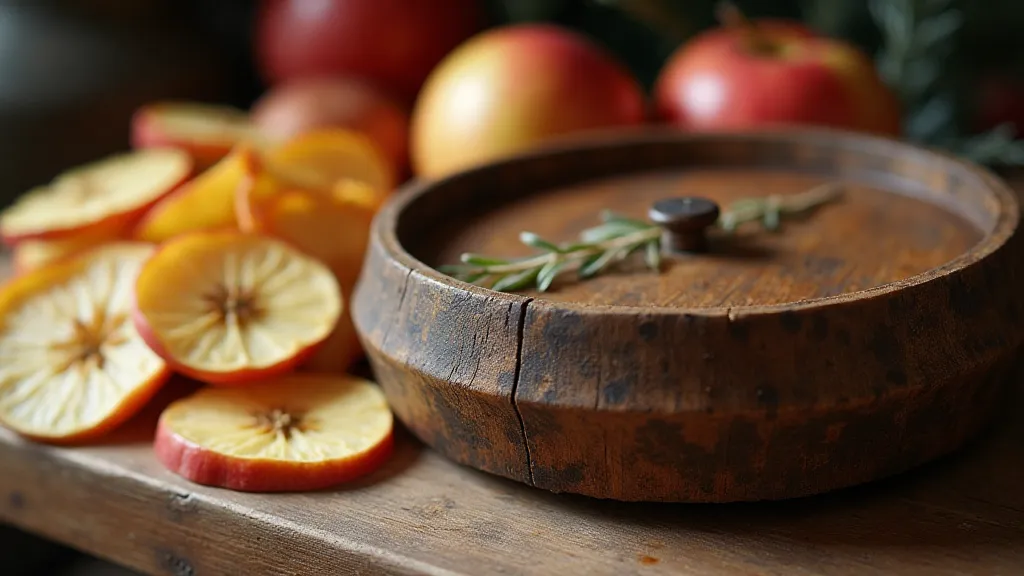
More Than Just a Taste – A Legacy
The spirit of the orchard and the spirit of fermentation intertwine, creating a legacy of craftsmanship, preservation, and a deep appreciation for the natural world. It’s a reminder that the simplest things—a fruit, a yeast, a little time—can be transformed into something extraordinary. And that, perhaps, is the most delicious alchemy of all.

